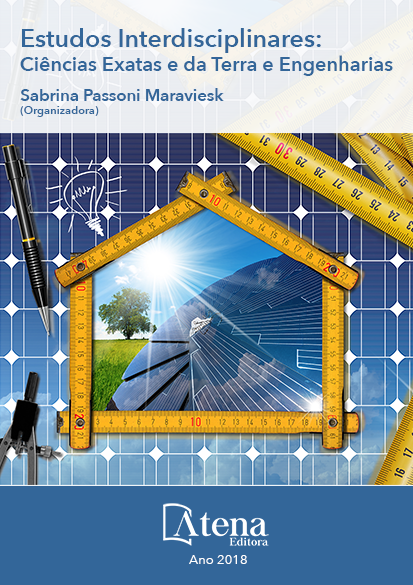
RECICLAGEM DE PLACAS DE CIRCUITO IMPRESSO: UM ESTUDO DAS CONDIÇÕES OPERACIONAIS PARA RECUPERAÇÃO DE METAIS
O lixo eletrônico está se tornando um dos problemas ambientais e sociais mais graves da atualidade e nosso principal intuito é chamar atenção, bem como tomar consciência deste problema. Neste estudo, é exposta uma metodologia para a remoção de metais a partir de Placas de Circuito Impresso (PCI). A tecnologia abordada, leva à minimização de impactos ambientais por recuperar os elementos metálicos de PCI’s, o que reduz a exploração de depósitos minerais. A extração dos metais é realizada por processo hidrometalúrgico, seguido por eletrodeposição em uma célula eletroquímica simples, composta de dois eletrodos (anodo e catodo), ambos de fios de cobre. Neste processo, os metais cobre, estanho e prata, são depositados na forma metálica na superfície do catodo, a partir da aplicação de uma corrente constante entre os eletrodos do reator eletroquímico. Quando esta corrente é aplicada, os íons destes metais, que se encontram dissolvidos na solução lixiviada de metais, são reduzidos na área ativa do catodo. A medida que alguns parâmetros variam, como tempo, densidade de corrente, presença ou não de agitação, há um acúmulo do metal a ser recuperado, ou uma diminuição, demonstrando as condições mais favoráveis para a recuperação destes metais. A remoção do cobre é eficiente em todos os parâmetros estudados, da prata acontece em corrente de 1 A, com agitação e tempo entre 30 minutos e 60 minutos, com o licor original, e do estanho é alcançada em soluções diluídas, sem agitação, corrente de 1,5 A e 60 minutos.
RECICLAGEM DE PLACAS DE CIRCUITO IMPRESSO: UM ESTUDO DAS CONDIÇÕES OPERACIONAIS PARA RECUPERAÇÃO DE METAIS
-
DOI: Atena
-
Palavras-chave: Reciclagem, Hidrometarlugia, Placas de Circuito Impresso, cobre, prata, estanho, eletrodeposição
-
Keywords: Recycling, Hydrometallurgy, Printed Circuit Boards, copper, silver, tin, electroplating
-
Abstract:
Electronic waste is becoming one of the most serious environmental and social problems of our time and our main intention is to draw attention and to be aware of this problem. In this study, a methodology for the removal of metals from printed circuit boards (PCI) is exposed. The technology discussed takes to the minimization of environmental impacts by recovering metallic elements of PCI’s, which reduces the exploitation of mineral deposits. The extraction of the metals is performed by hydrometallurgical process, followed by electrodeposition in a simple electrochemical cell, composed of two electrodes (anode and cathode), both of copper wires. In this process, the copper, tin and silver metals are deposited in the metallic form on the surface of the cathode, from the application of a constant current between the electrodes of the electrochemical reactor. When this current is applied, the ions of these metals, which are dissolved in the metal leached solution, are reduced in the active area of the cathode. As some parameters vary, such as time, current density, presence or not of agitation, there is an accumulation of the metal to be recovered, or a decrease, demonstrating the most favorable conditions for the recovery of these metals. The removal of copper is efficient in all the studied parameters, silver happens in a current of 1 A, with agitation and time between 30 minutes and 60 minutes, with the original liquor, and the tin is reached in dilute solutions, without agitation, current 1.5 A and 60 minutes.
-
Número de páginas: 15
- Maria do Socorro Bezerra da Silva


